As artificial intelligence for IT operations (AIOps) starts to take hold in the modern enterprise, more IT operators want to make use of its capabilities to streamline routine work. The OpsRamp platform, and its intelligent event management engine, OpsQ, are built to respond to this need with transparency and insight. The OpsRamp Winter 2020 Release helps make AIOps more simple and usable for the everyday operator.
It delivers innovative capabilities for digital operations management with intelligent incident management and comprehensive multi-cloud monitoring. The release also offers agentless discovery and monitoring support, enhanced multi-step synthetic monitoring, and new alert integrations for popular monitoring tools.
Make Timely and Accurate Decisions with Service-Centric AIOps
The goal with OpsRamp’s AIOps platform is to not only solve the age-old problem of alert fatigue but also deliver transparency into machine learning models for IT event management. Beginning with OpsQ Observed Mode, we’ve been focusing recent releases on building operator trust and confidence by explaining how advanced analytics can offer predictive insights for incident management. Our latest AIOps innovations provide prescriptive recommendations for alert escalation, visualization of alert seasonality patterns, and visibility into alert noise reduction by stage:
- OpsQ Recommend Mode. What should IT operations teams do once OpsRamp OpsQ correlates raw event streams into actionable inferences? The answer is to use Recommend Mode for specific next steps on first-response and alert escalation policies. With Recommend Mode, IT pros can either suppress an alert or escalate inferences into incidents with a single click. When users enable Recommend Mode, the OpsQ Bot delivers precise suggestions for alert escalation policies within the alert itself.
- Visualization of Alert Seasonality Patterns. OpsRamp’s first-response policies save time by reducing frequent and unnecessary alerts. Customers can now understand alert behaviors in their hybrid IT environments with seasonality pattern graphs. These graphs combine six months of alert data grouped by specific attributes so that IT teams can better grasp the auto-suppress decisions that OpsQ makes.
- Alert Stats Widget. OpsRamp OpsQ can ingest both native and third-party events and apply algorithmic intelligence to uncover patterns for incident diagnosis. The Alert Stats Widget highlights the total events, total inferences, total correlated alerts, and overall event volume optimized in a given period.
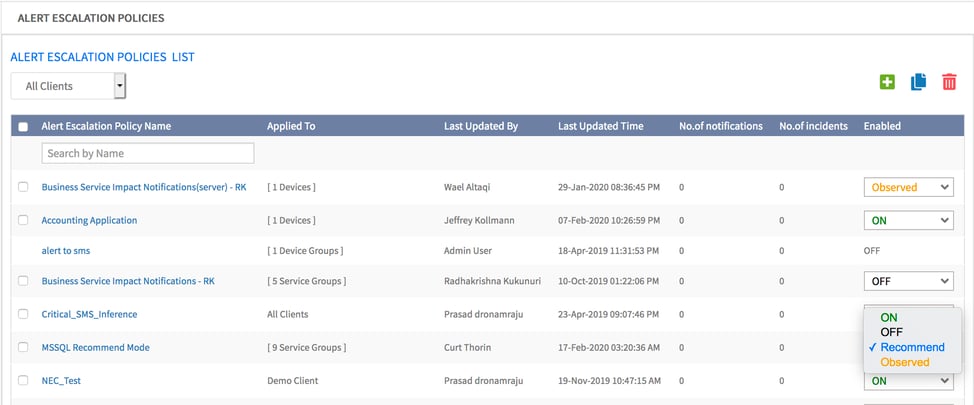 Figure 1 - Drive faster incident response with Recommend Mode’s analytical inputs.
Figure 1 - Drive faster incident response with Recommend Mode’s analytical inputs.
Keep Track of Your Cloud Estate with Multi-Cloud Monitoring and Management
OpsRamp delivers monitoring integrations for 120+ cloud services across leading cloud platforms like Amazon Web Services (AWS), Microsoft Azure, and Google Cloud Platform (GCP). Our latest multi-cloud monitoring capabilities introduce new monitoring integrations as well as cloud topology maps for Azure and GCP:
- Deeper Cloud Monitoring. OpsRamp offers 19 new monitoring integrations across AWS (Transit Gateway, AppSync, CloudSearch, and DocumentDB), Azure (Application Insights, Traffic Manager, Virtual Network, Route Table, Virtual Machine Scale Sets, SQL Elastic Pool, and Service Bus) and GCP (Cloud BigTable, Cloud Composer, Cloud Filestore, Cloud Memorystore for Redis, Cloud Run, Cloud TPU, and Cloud Tasks), for expanded coverage of the most popular cloud services in the market.
- Cloud Topology Maps. OpsRamp delivers resource dependency visibility with dynamic topology maps for data centers, applications (40 popular enterprise applications such as Apache, Cassandra, Docker, Hadoop, and MongoDB), hypervisors (VMware vSphere and KVM), cross-site WAN connections, and cloud providers (Amazon Web Services). With our latest release, we have added live topology context for Microsoft Azure and Google Cloud Platform. Topology maps also offer situational context for machine learning models so that OpsQ delivers faster root cause(s) analysis.
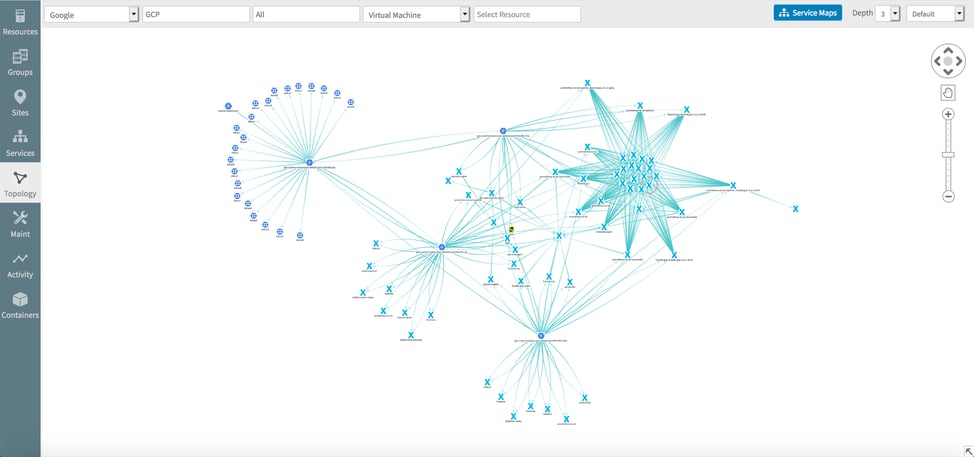 Figure 2 - Analyze the impact of changes in multi-cloud environments with topology maps.
Figure 2 - Analyze the impact of changes in multi-cloud environments with topology maps.
Other Platform Updates
The Winter Release also introduces new capabilities for hybrid discovery, synthetic monitoring, new alert integrations, and topology-defined service maps.
- Agentless Discovery and Monitoring. While OpsRamp offers both agent-based and agentless management of hybrid infrastructure, this release introduces agentless Windows and Linux discovery using WMI and SSH protocols. IT teams can create agentless custom monitors for applications running on Windows resources for frictionless remote monitoring.
- Synthetic Monitoring. Multi-step transaction analysis for synthetic monitoring delivers the next level of visibility and granularity for web services monitoring. Application owners can ensure compelling user experiences by recording a transaction and gaining deep awareness into each step of a complex transaction.
- New Alert Integrations. The Winter 2020 release introduces new webhook-based alert integrations for Dynatrace, Logz.io, Prometheus, Splunk, and Zabbix. OpsRamp’s out-of-the-box alert integrations consume events from different tools so that IT teams can consolidate and analyze hybrid infrastructure insights in a single place.
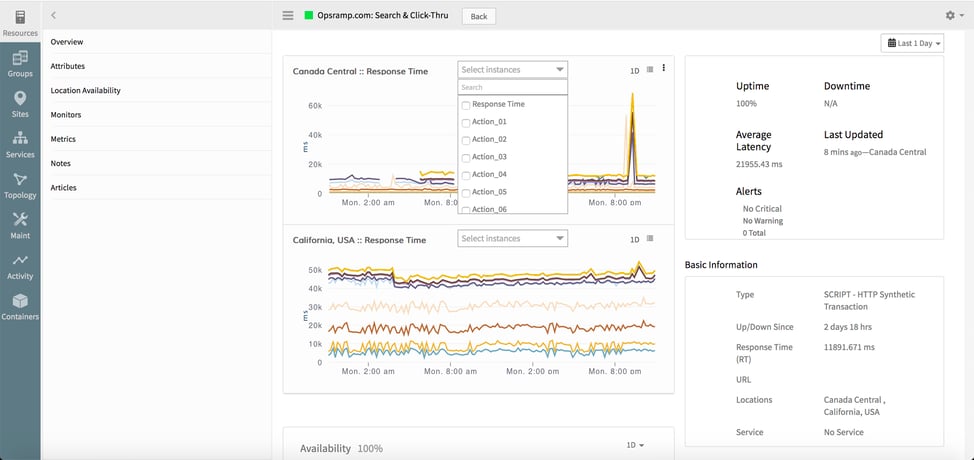 Figure 3 - OpsRamp Synthetics offer deeper analysis for troubleshooting multi-step transactions.
Figure 3 - OpsRamp Synthetics offer deeper analysis for troubleshooting multi-step transactions.
And if that’s not enough, here is a quick peek into the OpsRamp Winter 2020 Release. Be sure to also watch this on-demand webinar to see what’s new in action.
Next Steps:
- Read our press release to see how service-centric AIOps and multi-cloud monitoring control the chaos of modern IT operations.
- Check out our What’s New page for the highlights of the Winter 2020 Release.
- Schedule a custom demo with an OpsRamp solution expert.
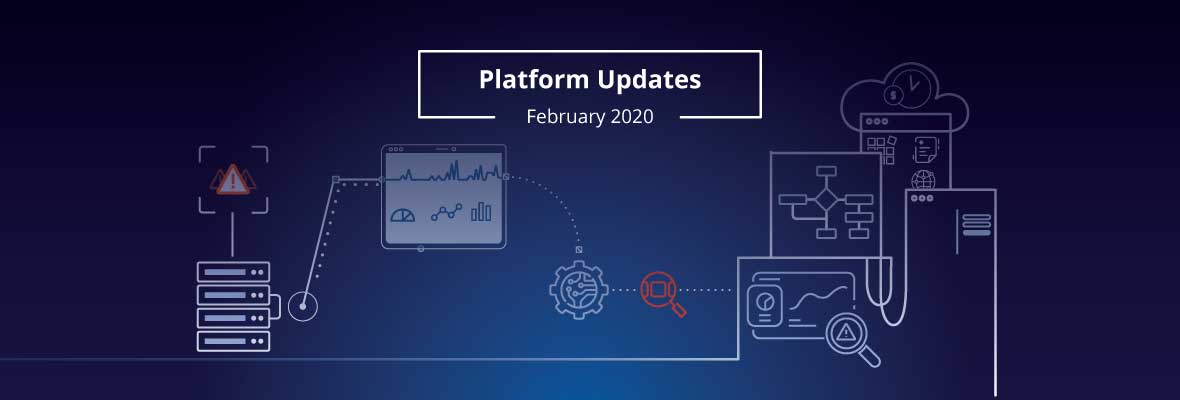


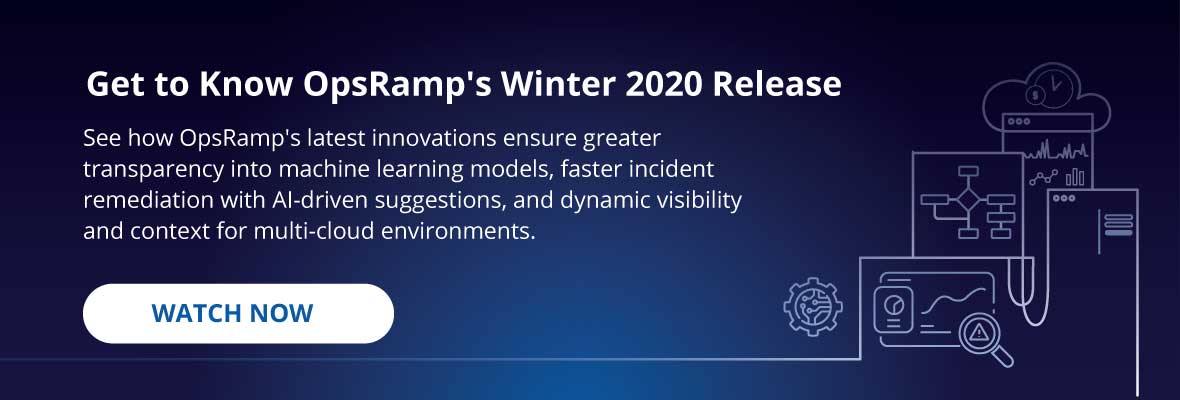
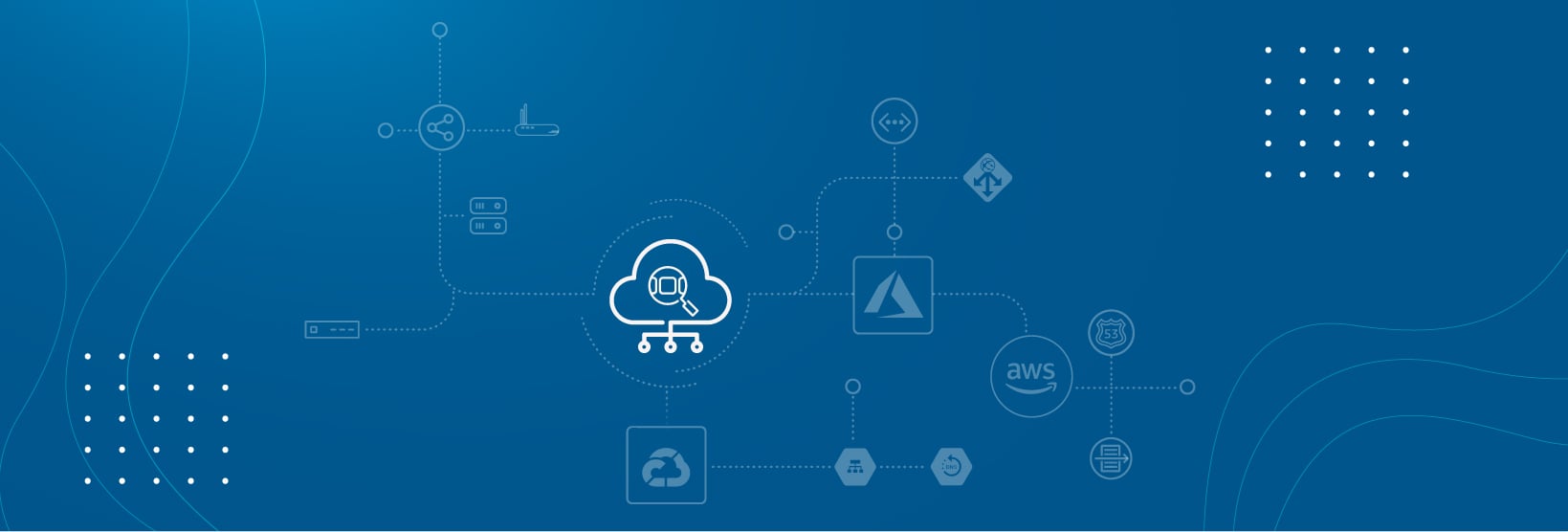
![[OpsComm July] Helping Technology and Solution Partners Deliver Greater Customer Value with OpsRamp’s New Partner Program](https://blog.opsramp.com/hubfs/Blog_images/cover_OpsComm%20July-Partner-Program.jpg)